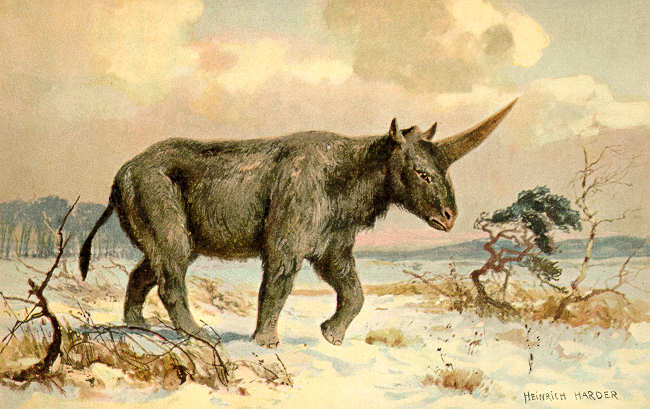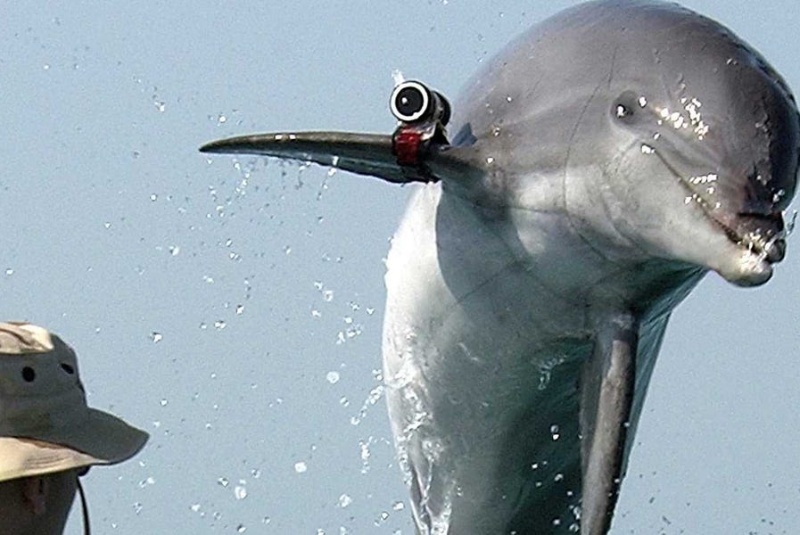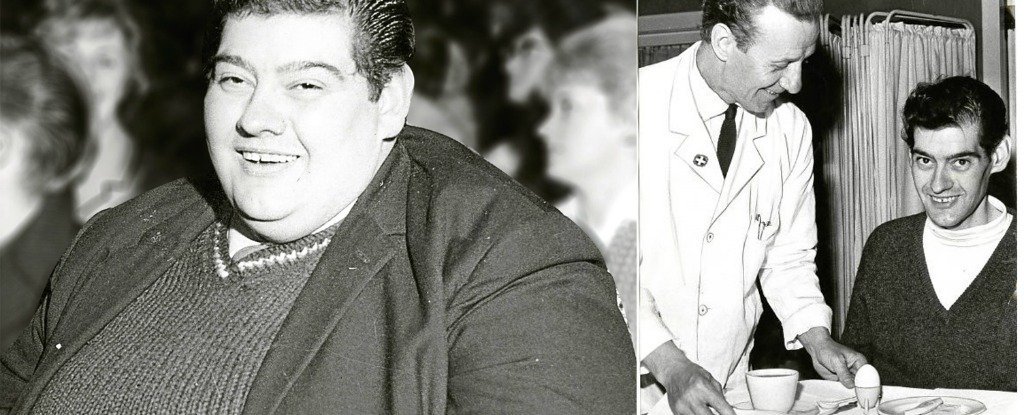For centuries, the unicorn has danced through the annals of mythology, folklore, and even religion, leaving a trail of wonder and intrigue. This mythical creature, often depicted as a horse-like being with a single, spiraling horn protruding from its forehead, has captivated the human imagination like few other beasts. The allure of the unicorn is not just in its magical appearance but also in the attributed powers it holds, which have been coveted across various cultures and eras. Let's embark on a historical and cultural exploration of the unicorn, examining the blend of myth and material desire that has fueled the human obsession with this legendary creature.
From the ancient texts to medieval tapestries, the unicorn has been revered as a symbol of purity, grace, and immense power. The quest for its horn, believed to neutralize poison and bestow good fortune, reflects humanity's perennial pursuit of the unattainable—a pursuit that often blurs the lines between what is real and what is imagined.

The Unicorn in Antiquity and Scripture
Our journey into the realm of unicorns begins with ancient civilizations. The unicorn has been a part of the human consciousness for millennia, and its mention in the Bible is particularly significant. The King James Version of the Bible, for instance, contains several passages referring to unicorns, lending them an aura of divine truth in the eyes of believers.
The reference to unicorns in the Bible appears amidst descriptions of strength and power, as seen in Numbers 23:22: “God brought them out of Egypt; he hath as it were the strength of a unicorn...” This scriptural endorsement could easily have sealed the unicorn's place in the minds of the devout as a real and potent creature. Yet, the interpretations of these biblical references have evolved, with many modern translations replacing 'unicorn' with terms like 'wild ox' or 'buffalo.'
The change in translation underscores a broader shift in our understanding of these texts and the creatures they describe. As knowledge expanded, so too did the realization that 'unicorn' might have been a catch-all term for various horned animals, rather than denoting a specific mythical beast.
The Unicorn Horn Trade of the Middle Ages
In the Middle Ages, the unicorn horn became a coveted commodity, a testament to the power of belief over empirical evidence. Wealthy nobles and merchants would pay staggering sums for what they believed to be unicorn horns, which were often, in reality, narwhal tusks. The Vikings, known for their seafaring prowess, are thought to have exploited the European ignorance of the Arctic fauna by selling narwhal tusks as unicorn horns. These transactions were not merely trade deals; they were exchanges steeped in mystique and the promise of the supernatural.
Interestingly, the notion that unicorns could have a marine counterpart seemed to validate the existence of 'unicorn horns' sourced from the sea. This belief conveniently bridged the gap between myth and the known world, allowing the legend of the unicorn to flourish even in the face of mounting evidence against its existence.
Unicorns and Narwhals: The Confusion of Species
The narwhal, with its distinctive long tusk, can be seen as a living link to the unicorn myth. In the 19th century, the term 'unicorn' had a broader meaning, often applied to any creature that bore a horn, including the narwhal and the rhinoceros. This linguistic flexibility further muddled the waters, merging fact with fiction and giving rise to enduring legends.
The notion that unicorns were real and roamed undiscovered territories or hid in the ocean's depths was tantalizing. These creatures, alongside tales of giant sea serpents and leviathans, filled the maps of the unknown world with warnings of "here be dragons." They represented the human yearning to explore, to discover, and to marvel at the mysteries of the natural world.
The Cultural Impact of the Unicorn
The unicorn's impact on culture cannot be overstated. It has been a fixture in art, literature, and even heraldry, often representing purity, healing, and nobility. The medieval tapestries depicting unicorns resting in enclosed gardens, for instance, are allegories of love and the pursuit of the divine. The unicorn’s horn, as a symbol of the divine or heavenly, could purify water, a metaphor not lost on those seeking spiritual cleansing.
In the realm of literature, the unicorn has pranced through stories of chivalry and fantasy, serving as a beacon of the extraordinary. From Lewis Carroll's "Through the Looking-Glass" to J.K. Rowling's "Harry Potter" series, the unicorn's presence adds a layer of enchantment and depth to the narrative tapestry.
Scientific Inquiry and the Demystification of the Unicorn
In the age of scientific inquiry, the unicorn's existence has been rigorously debated and largely discredited. Naturalists and explorers have scoured the earth, discovering new species and unraveling the mysteries of the natural world, yet no evidence of the unicorn has ever been found. The understanding that what was once believed to be a unicorn horn was, in fact, a narwhal tusk, marked a significant turning point in the story of the unicorn.
This revelation, however, has not diminished the unicorn's cultural significance. Instead, it has transformed it from a creature of literal belief into a symbol of wonder and possibility. In a way, the demystification of the unicorn has allowed it to become a universal emblem of the unknown and the power of the imagination.
The Unicorn Legacy
Today, the unicorn continues to hold a place in popular culture, not as a relic of past beliefs but as an icon of magic and possibility. The contemporary fascination with unicorns, evident in everything from children's toys to high fashion, speaks to an enduring human desire for the fantastical.
The legacy of the unicorn is thus a testament to the human spirit's ability to find enchantment in the world. It reminds us that even in an age dominated by science and rational thought, there is still room for mystery and the extraordinary.
The tale of the unicorn is a rich tapestry woven from strands of history, mythology, and human psychology. It reveals our collective appetite for wonder and our relentless quest to uncover the secrets of the natural world. Though the unicorn may not roam the forests or swim the oceans of our reality, it gallops unfettered through the landscapes of our imagination, inspiring awe and delight for generations to come.
As we ponder the unicorn's journey from the sacred texts to the heights of cultural symbolism, it is clear that while we may never grasp a unicorn horn in reality, we hold tightly to its essence in the realms of our dreams. And so, the unicorn endures, not as a creature of flesh and bone, but as an indelible symbol of all that is magical and wild in the world and within us.




